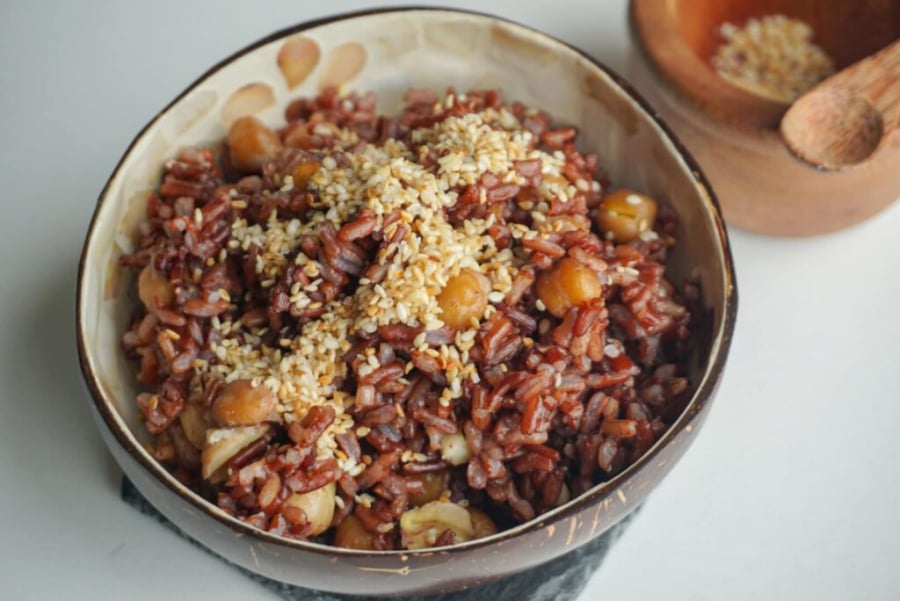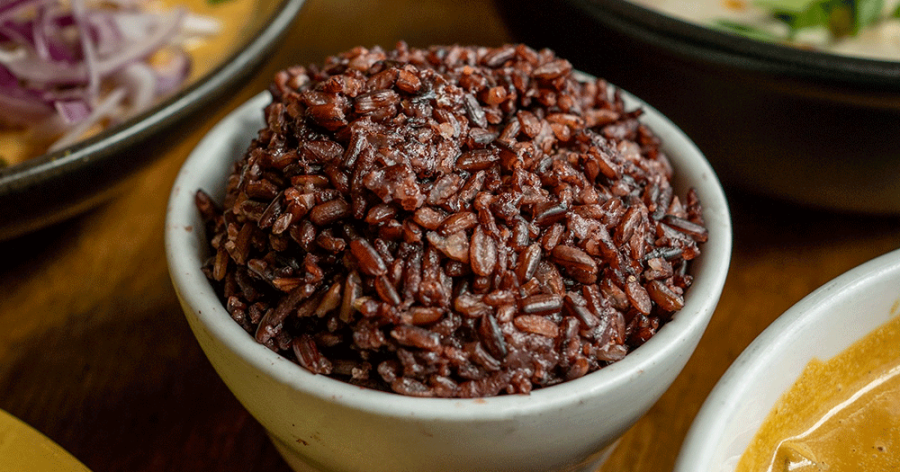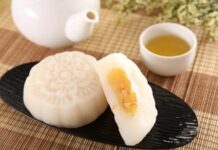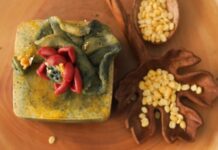Brown rice is celebrated as a nutrient-dense superfood, packed with fiber, vitamins, and minerals. However, it’s not a one-size-fits-all staple. Below are five groups of individuals who should limit or avoid brown rice to safeguard their health:
1. Individuals with Sensitive Digestive Systems
Brown rice’s high fiber content and outer bran layer make it tougher to digest than white rice. Those with gastrointestinal issues—such as stomach ulcers, irritable bowel syndrome (IBS), or Crohn’s disease—may struggle to process it. This can trigger discomforts like bloating, abdominal pain, or diarrhea.
2. People with Nutrient Deficiencies
Despite its nutritional richness, brown rice contains phytic acid, an antinutrient that inhibits mineral absorption, including iron, zinc, and calcium. Individuals battling conditions like iron-deficiency anemia or mineral deficiencies should moderate intake to prevent further absorption challenges.

3. Children Under 5 Years Old
Young children’s digestive systems are still developing, making high-fiber foods like brown rice difficult to process. This can lead to indigestion or bloating. Opting for easier-to-digest alternatives like white rice or porridge is recommended for this age group.
4. Older Adults with Dental Issues
Brown rice’s firmer texture requires thorough chewing, which poses challenges for seniors with dental problems—weak teeth, tooth loss, or gum inflammation. This not only hinders digestion but may also cause oral pain or injury.
5. Those on Low-Fiber Diets
Individuals with conditions like colitis, bowel strictures, or post-gastrointestinal surgery are often advised to follow low-fiber diets. Brown rice’s high fiber content can exacerbate symptoms or irritate the digestive tract, making it unsuitable for these cases.

Important Note
While brown rice offers significant health benefits, its consumption should align with individual health conditions and nutritional needs. If you fall into any of the above categories or have health concerns, consult a healthcare provider or dietitian before incorporating it into your daily diet.
Should You Eat Rice, Vegetables, or Meat First? Experts Weigh In.
Eating habits vary across cultures and individuals, and the order in which we consume different food groups has sparked curiosity. Some prefer to eat their meat and rice first, saving vegetables for last, while others advocate for the opposite sequence, starting with vegetables. But which approach offers the optimal nutritional benefit?
The Ugly Duckling of Vietnamese Markets: Nature’s Cancer-Fighting Superfood
“It may come as a surprise to many that a humble, rugged root vegetable like sweet potato – a common sight in most Vietnamese markets – is being hailed by nutrition experts as a “secret weapon” in the fight against cancer. This unassuming tuber is now taking center stage as a powerful ally in our quest for better health and longevity.”














